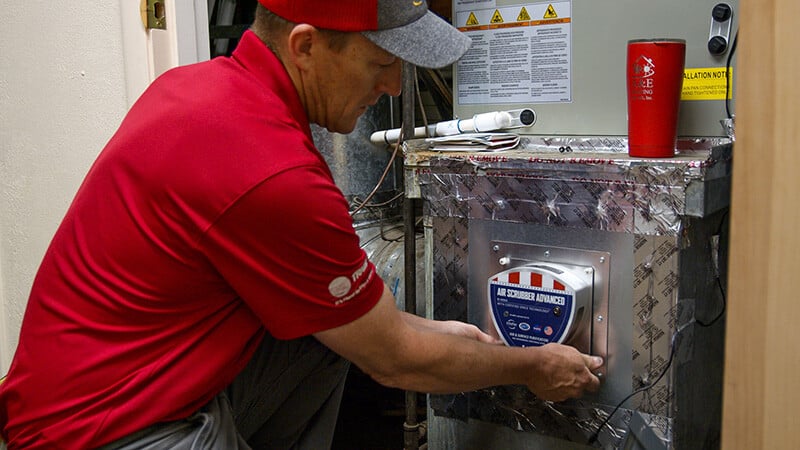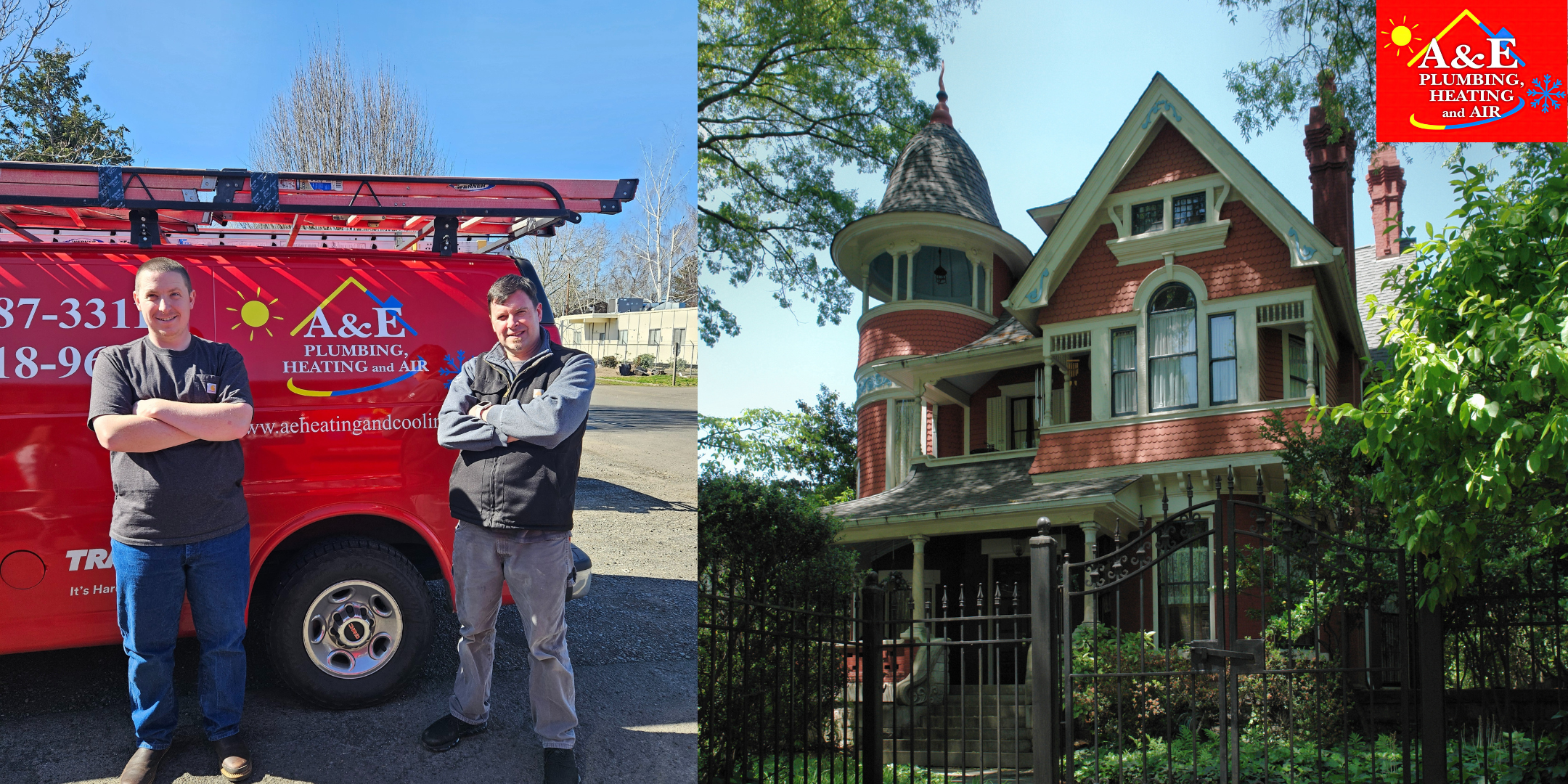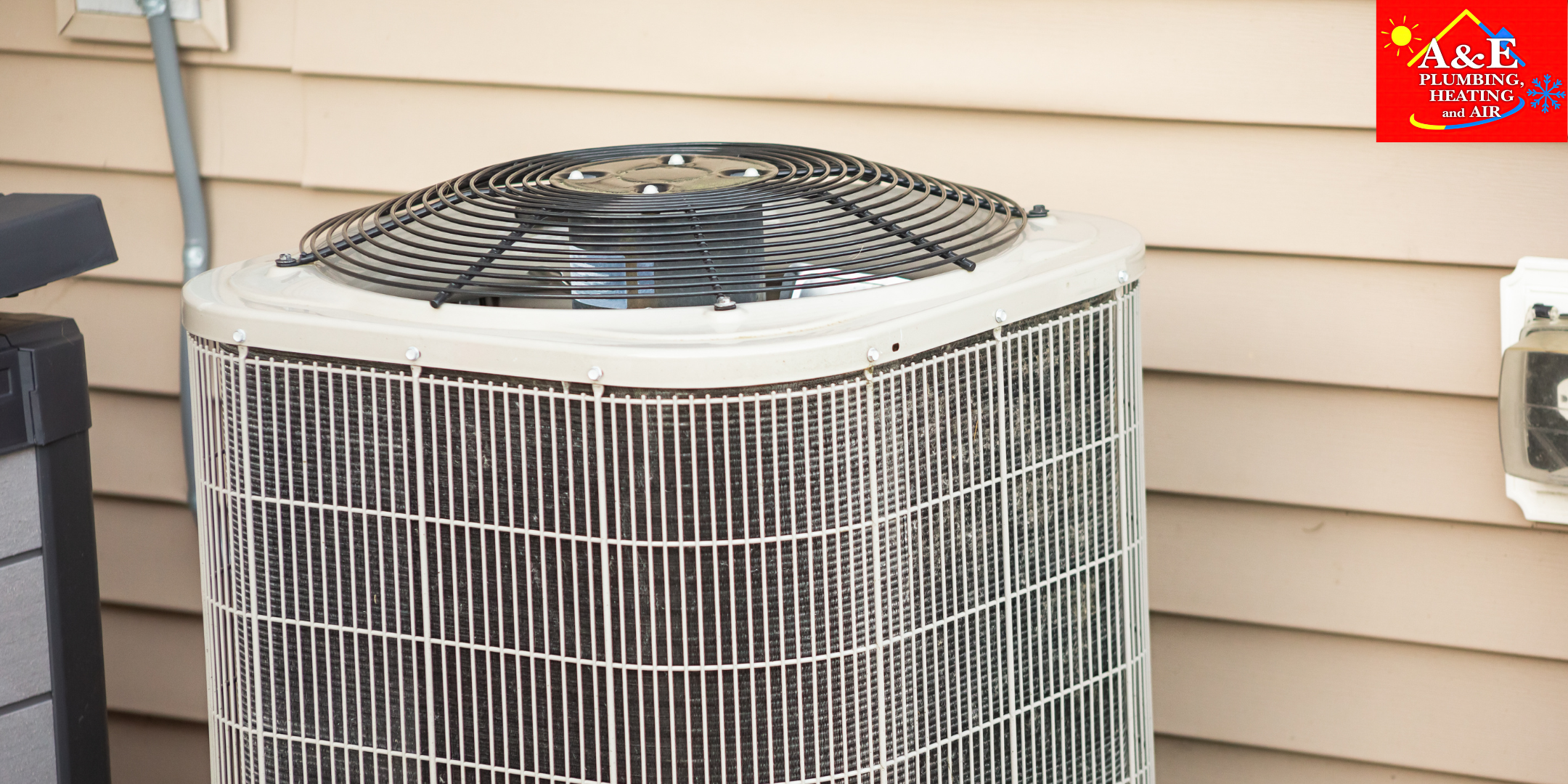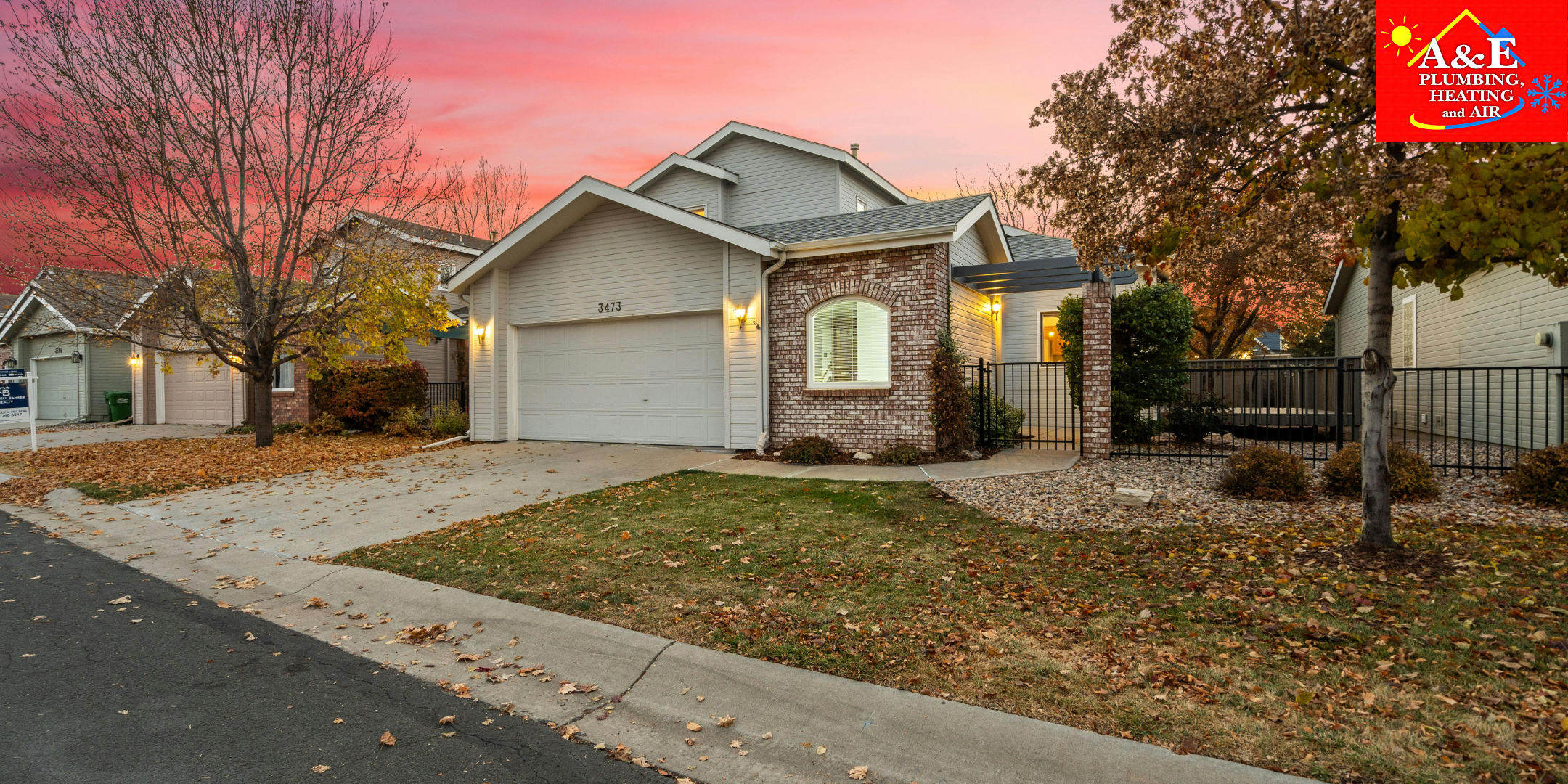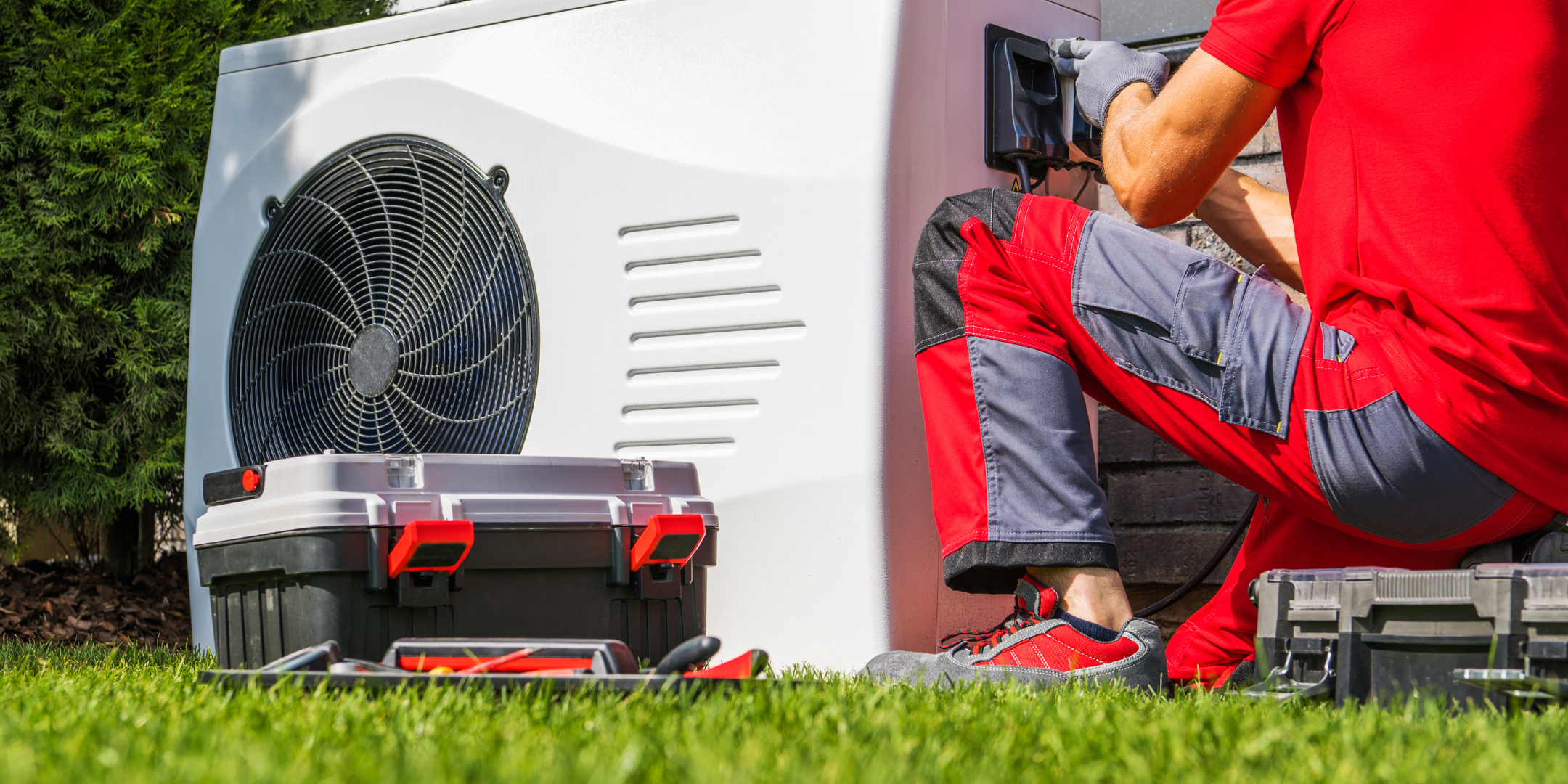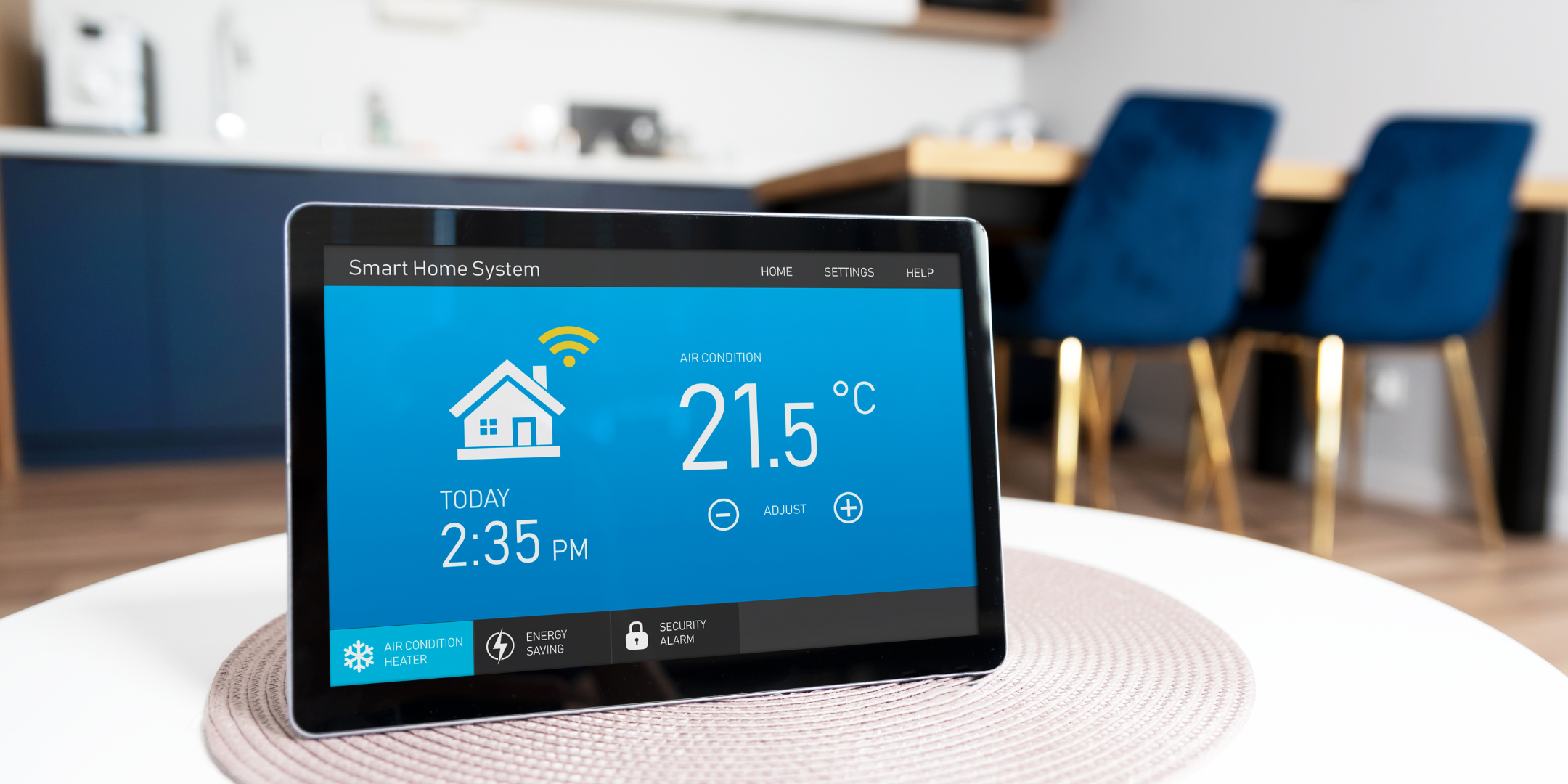
Mini-split systems offer a smart, space-saving solution for those frustrated with high energy bills and bulky traditional HVAC systems. Perfect for homeowners and businesses seeking efficient, customizable climate control, mini-splits adapt to various settings without the need for extensive ductwork. If you're exploring ways to reduce costs and enhance comfort with targeted heating and cooling, consider the advantages of-1.png?width=531&height=354&name=HUBSPOT%20IMAGE%20FORMAT%20(20)-1.png) ductless technology. If you find yourself intrigued by the potential of a more efficient, customizable climate control solution but are uncertain about whether it's the right fit for you, you're not alone.
ductless technology. If you find yourself intrigued by the potential of a more efficient, customizable climate control solution but are uncertain about whether it's the right fit for you, you're not alone.
With over 16 years of experience and backed by more than 1200 5-star Google reviews, our expertise in the field positions us as a reliable guide through the maze of options available. We'll delve into their energy efficiency, flexibility in installation, and the enhancement of indoor air quality, alongside addressing concerns such as initial costs, aesthetic impact, and the nuances of maintenance and installation.
Like any technology, this system comes with a set of advantages and disadvantages. In this article, we'll explore the pros and cons of mini-split systems to help you determine whether they're the right choice for your needs.
4 Pros of Mini-Split Systems
When considering the upgrade to a modern cooling system, mini-split systems stand out for their innovative design and efficiency. Let’s talk about the advantages of adopting such systems for your home or office, and how they excel over traditional air conditioning options. From their remarkable energy efficiency that caters to targeted cooling, to their versatile installation possibilities, mini-split systems offer a suite of benefits tailored to meet diverse needs and preferences. Further enhancing their appeal is the significant improvement in indoor air quality they deliver, courtesy of advanced filtration systems. Additionally, the capability for individual zoning transforms the way we think about personal comfort and energy consumption. Together, these advantages underscore why mini-split systems are increasingly becoming the preferred choice for discerning homeowners and businesses alike.
1. Energy Efficiency
According to the U.S. Department of Energy, mini-split systems can reduce energy use by 30% compared to forced-air systems due to the absence of duct losses alone. This energy-saving feature is further enhanced by their ability to target specific areas or rooms, allowing for more precise temperature control and reduced energy waste when cooling or heating is not needed throughout an entire home or building.
2. Flexible Installation Options
Ductless systems consist of an outdoor unit and one or more indoor units, which can be mounted on walls, ceilings, or even as floor-standing units. This flexibility makes them ideal for older homes without existing ductwork, room additions, or areas where extending ductwork is impractical.
3. Improved Indoor Air Quality
Ductless AC units often come with multi-stage filtration that can reduce dust, bacteria, pollen, allergens, and other particulates in the air. Since there are no ducts to collect and distribute dust, the indoor air quality is often better than that of traditional systems.
4. Individual Zoning
With ductless systems, you can create "zones" in your home, each controlled by its thermostat. This means you can cool or heat only the areas in use, leading to further energy savings and personalized comfort.
4 Cons of Mini-Split Systems
While mini-split systems offer numerous advantages, including energy efficiency and flexibility in installation, it's important to consider their drawbacks before making a decision. Here, we’ll talk about the cons of mini-split systems, highlighting aspects such as higher initial costs, aesthetic considerations, installation challenges, and maintenance requirements. Understanding these disadvantages will help you weigh the overall benefits against the potential downsides, ensuring that you make an informed choice suited to your specific needs and preferences.
1. Higher Initial Costs
The upfront cost of a ductless AC system can be higher than that of traditional central air conditioning systems, especially if multiple indoor units are needed to cover the entire home. However, the potential energy savings can offset these initial costs over time.
2. Aesthetic Impact
Some homeowners may find the indoor units of ductless systems to be visually intrusive. Although they.png?width=456&height=304&name=HUBSPOT%20IMAGE%20FORMAT%20(38).png) are designed to be compact and are available in various styles, they are still visible within the living space.
are designed to be compact and are available in various styles, they are still visible within the living space.
3. Installation Challenges
While installation is generally quicker and less invasive than installing a traditional ducted system, finding a qualified installer familiar with ductless systems is crucial. Improper installation can lead to inefficiencies and reduced system lifespan.
4. Maintenance Requirements
Each indoor unit of a ductless system requires its filter to be cleaned regularly, which can be more maintenance than a single air filter in a central AC system. Failure to maintain the units can result in reduced efficiency and performance.
What Does a Mini-Split Cost?
The average cost of a mini-split (ductless) air conditioning system, including installation, can vary widely depending on several factors such as the brand, capacity (measured in BTUs), number of indoor units, and the complexity of the installation.
Basic single-zone systems
Basic single-zone mini-split systems offer a targeted approach to heating and cooling, making them ideal for individual rooms or specific areas in your home. They consist of two main components: an outdoor unit-1.png?width=422&height=281&name=HUBSPOT%20IMAGE%20FORMAT%20(24)-1.png) and an indoor unit, connected by refrigerant lines. This setup eliminates the need for ductwork, facilitating easier installation and reducing potential energy loss associated with traditional ducted systems.
and an indoor unit, connected by refrigerant lines. This setup eliminates the need for ductwork, facilitating easier installation and reducing potential energy loss associated with traditional ducted systems.
The cost for these systems, including installation, typically ranges from $2,000 to $4,500. This price variation depends on factors like the system's capacity, brand, and the complexity of the installation process. Single-zone systems are highly efficient, providing a customizable solution to meet your specific comfort needs in a confined space.
Multi-zone systems
Multi-zone mini-split systems are advanced climate control solutions that can independently heat or cool multiple rooms or areas within a home. Unlike basic single-zone systems, which consist of one outdoor unit connected to one indoor unit for a single space, multi-zone setups involve one outdoor unit linked to-1.png?width=456&height=304&name=HUBSPOT%20IMAGE%20FORMAT%20(23)-1.png) several indoor units. This configuration allows for different temperatures to be set in each room, catering to the specific comfort preferences of individuals in those spaces.
several indoor units. This configuration allows for different temperatures to be set in each room, catering to the specific comfort preferences of individuals in those spaces.
The cost for multi-zone systems, which includes installation, ranges from $3,000 to $10,000, or more, in some cases. This variation in price is due to factors such as the number of indoor units required, the total capacity of the system, and the complexity of the installation. Multi-zone systems offer a versatile and efficient solution for comprehensive home climate control, providing personalized comfort across various areas simultaneously.
How A&E Can Help Determine if a Mini-Split is Right for You
Mini-split systems offer a flexible, efficient cooling and heating solution that can be tailored to meet the specific needs of a home or building. While they come with higher initial costs and some aesthetic considerations, the benefits of energy savings, improved air quality, and individual comfort control often outweigh these drawbacks.
As with any significant investment in your home or business, it's essential to weigh the pros and cons carefully and consult with a professional to determine if a ductless AC system is the right choice for your situation.
A&E is here to help you determine if a mini-split is the right system for your unique home and needs. With over 16 years of living and working in this area and helping homeowners just like you throughout the entire Columbia River Gorge, we know exactly how to work with Oregon’s climate and specific regulations, and we can help you, too. Read more about why investing in zone control systems can make your space more comfortable for everyone!
Daphne Hunt holds a bachelor's degree in English and Mass Communication and has a lifelong passion for writing. She thrives on using her skills to craft compelling pieces that inform, inspire, and connect with readers.










